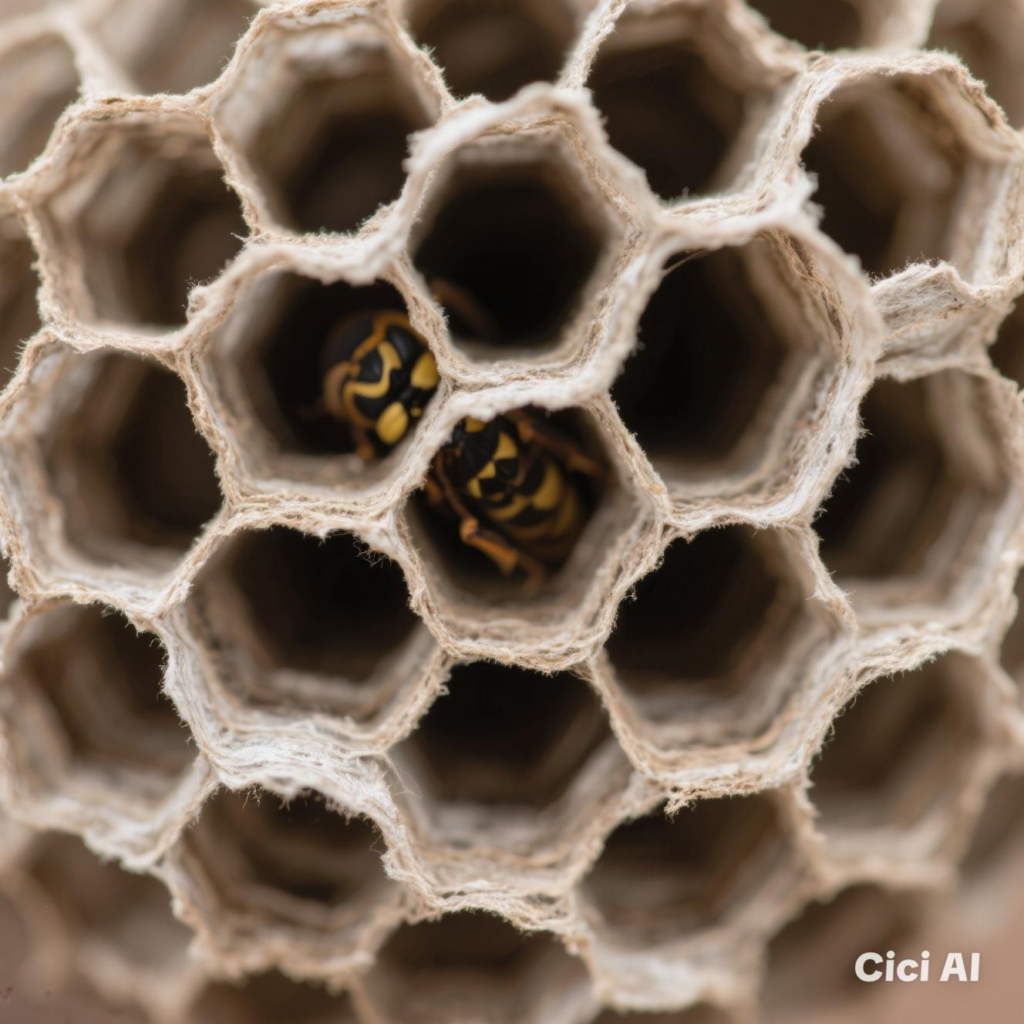
Autumn Wasp Nests: Why You’re Still Seeing Wasps (and What to Do About Them)
As temperatures cool, many homeowners expect wasps to disappear. Yet each year, autumn wasp nests cause concern across Didcot, Wallingford, Wantage, Abingdon, and Newbury. Milder weather and sheltered nesting sites mean these insects often remain active well into autumn — sometimes even into early winter.
At Shire Pest Solutions, we’ve seen a noticeable rise in calls from customers dealing with late-season wasp nests. While many nests can be treated safely, some are simply too difficult to remove due to their position in walls, lofts, or high roof spaces.
Table of Contents
- Why Wasps Remain Active in Autumn
- Common Locations for Autumn Wasp Nests
- Treatment vs Removal: What’s the Difference?
- Staying Safe Around Active Nests
- When to Call Shire Pest Solutions
Why Wasps Remain Active in Autumn
Autumn used to mark the end of wasp season, but changing weather patterns now extend their activity. As warm days linger, wasps remain busy searching for food and defending their colonies. Queens may continue producing workers later than usual, especially when nests are built in protected or insulated spaces.
Many homeowners first notice late wasp activity around attics, soffits, or garden outbuildings. These sheltered areas trap heat, allowing colonies to survive long after surface temperatures have dropped.
Common Locations for Autumn Wasp Nests
By autumn, wasp nests have grown significantly in size. They often expand deeper into structures, making access difficult and removal unsafe. Our technicians frequently find nests in:
- Roof voids and eaves
- Wall cavities and air bricks
- Loft insulation or ceiling voids
- Garden sheds and outbuildings
- Under decking or fascia boards
In some of these areas, removing the nest entirely would require dismantling parts of the structure. Instead, professional wasp treatment offers a safer and more effective option.
Treatment vs Removal: What’s the Difference?
It’s important to understand that not all nests can be removed. In many cases, particularly in lofts or wall voids, accessing the nest could cause more harm than good. Our team uses targeted treatments that eliminate the colony without damaging your property.
Once treated, wasps stop returning to the nest. Over time, it becomes inactive and poses no risk. Because nests are never reused by future colonies, there’s no need to remove them once the wasps have gone.
Our Didcot pest control specialists and Wallingford technicians regularly handle complex cases where safe removal simply isn’t possible — and professional treatment is the best long-term solution.
Staying Safe Around Active Nests
Wasps become more defensive in autumn as their food sources decline. If you spot increased activity near your roof or garden, it’s important not to disturb the nest. Vibrations or attempted DIY sprays can provoke an aggressive response from hundreds of wasps.
Instead, observe from a safe distance and note where they are entering your property. Avoid blocking entry holes, as trapped wasps may chew through walls or ceilings to escape.
Our team at Shire Pest Solutions uses professional equipment to apply insecticidal dusts and sprays directly into the nest cavity, ensuring a fast and controlled result without risk to occupants or pets.
When to Call Shire Pest Solutions
If you’re still seeing wasps during autumn, chances are there’s an established nest nearby. Treating it early helps prevent stings and structural damage caused by nesting activity. We’ve been helping homeowners across Abingdon, Wantage, Didcot, and Newbury manage late-season wasp infestations quickly and safely.
Because every property is different, our approach is tailored to the nest’s location and accessibility. Where physical removal isn’t possible, our targeted treatments ensure your home remains safe, and the colony is permanently neutralised.
To learn more about safe wasp control in your area, visit our pest control blog for advice and local updates.
